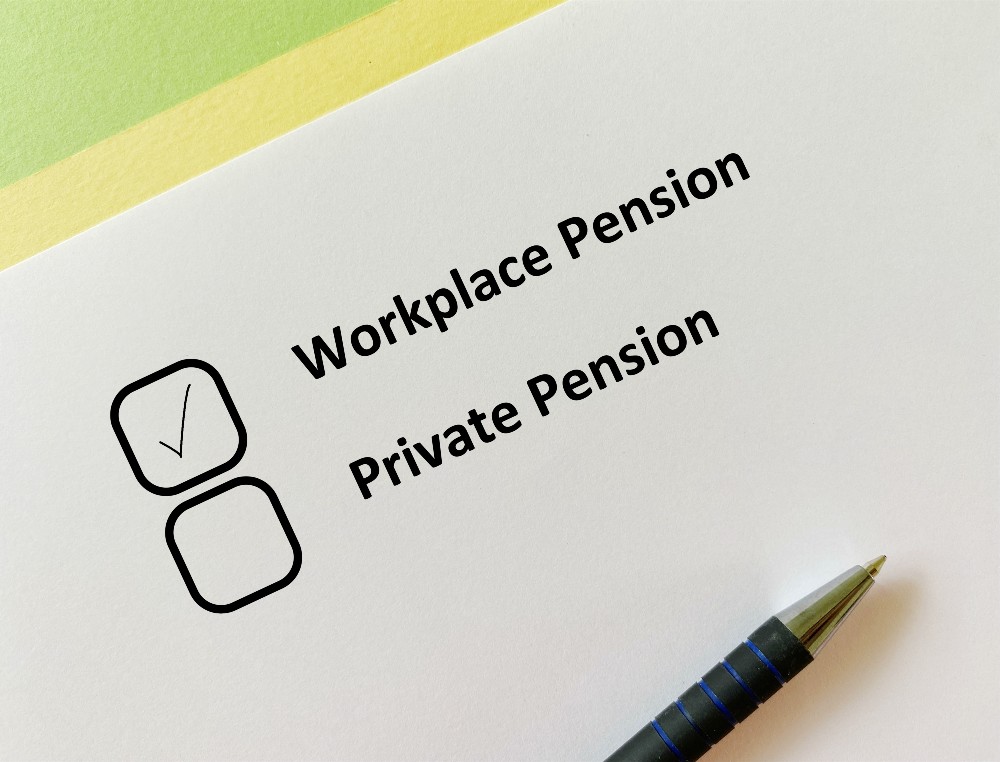
A new government bill indicates that a change to the automatic enrolment minimum age, and increases to workplace pension contributions, could be on the horizon.
Private members’ bills rarely get far in the parliamentary process. They all too easily fall by the wayside, as second and any subsequent readings of a bill must take place on a Friday – a back-to-constituency day for most MPs – and be concluded before 2:30pm. For a bill to stand much chance of success, it therefore needs the support of the government.
Just such a bill is the Pensions (Extension of Automatic Enrolment) (No. 2) Bill, introduced by Jonathan Gullis, the Conservative MP for Stoke North. The Bill has just two sections that give the government regulatory powers to:
- Alter the minimum age (currently 22) at which workers must be enrolled into a workplace pension; and
- Widen the band of earnings on which contributions are based.
The intent behind the Bill is to reduce the minimum age at which automatic enrolment operates to 18 and to apply the 8% minimum total contribution rate to all earnings up to upper earnings limits (£50,270), rather than the current band between £6,240 and £50,270. Abolishing the £6,240 lower threshold will remove the multiple job anomaly, which means multiple jobholders can miss out on any pension contributions, even if their total earnings would be enough to qualify for automatic enrolment in a single employment.
The Bill’s two ideas are nothing new – they were put forward in a Department for Work and Pensions review of automatic enrolment in 2017, but given no timescale beyond the statement of an ambition to implement them “in the mid-2020s”.
In practice, no change is likely until after the next election. The government wants to consult on implementation and will likely phase in a new earnings band to avoid some low earners seeing their contributions double overnight. The Treasury will also have more than a passing interest, as higher contributions will mean more tax relief being given to employers and individuals (some of whom will be non-taxpayers).
While these changes are welcome, the government has dodged one other reform to automatic enrolment that many pension experts have called for as necessary to underpin a reasonable retirement – an increase to the minimum contribution level from 8% to a more realistic 12%.
Whether you contribute to a workplace pension alone or have other provision, regular reviews of your contributions and potential post-retirement income are advised.
If you would like to discuss the above in more detail please contact one of our experienced advisers here.
Tax treatment varies according to individual circumstances and is subject to change. The value of your investment can go down as well as up and you may not get back the full amount you invested. Past performance is not a reliable indicator of future performance.





